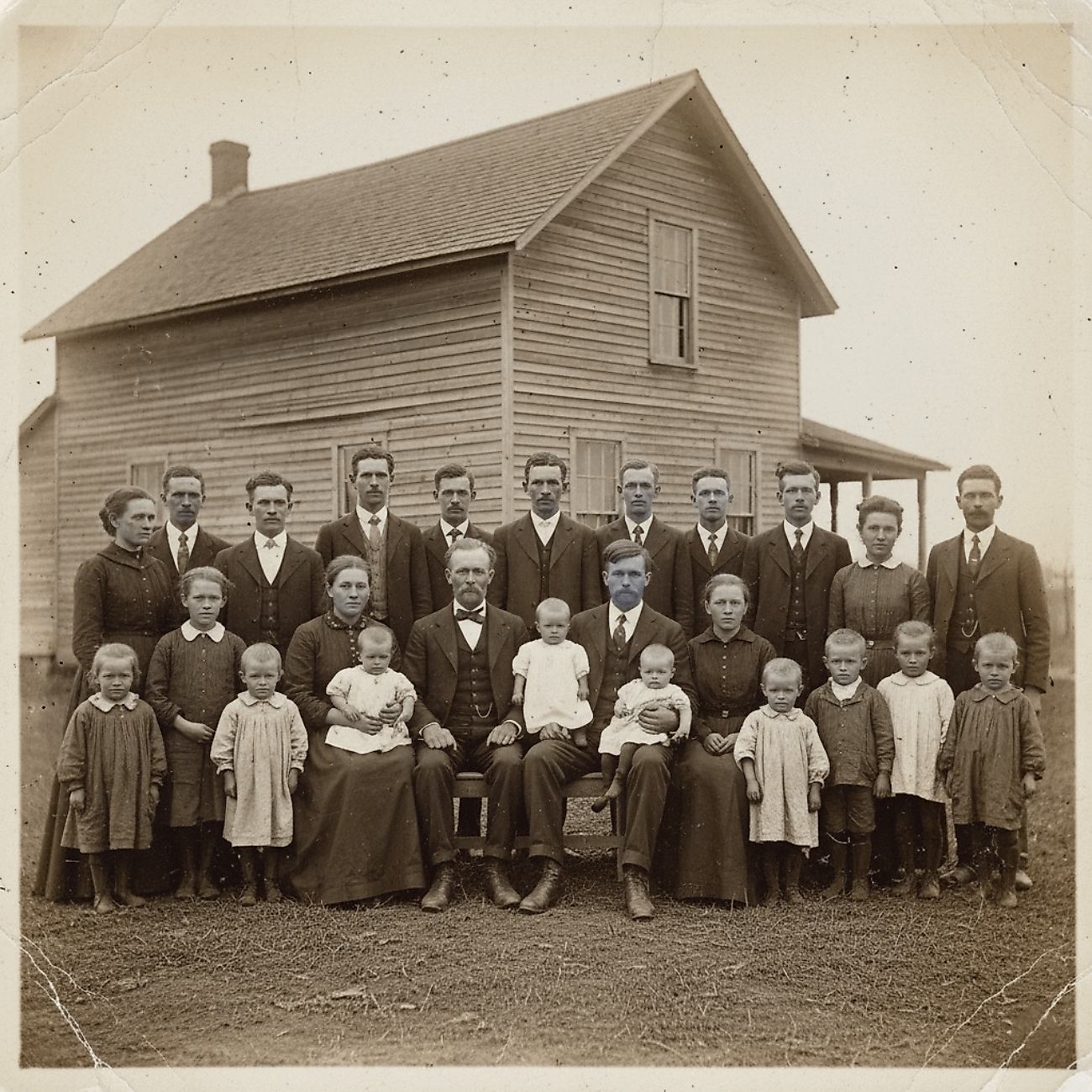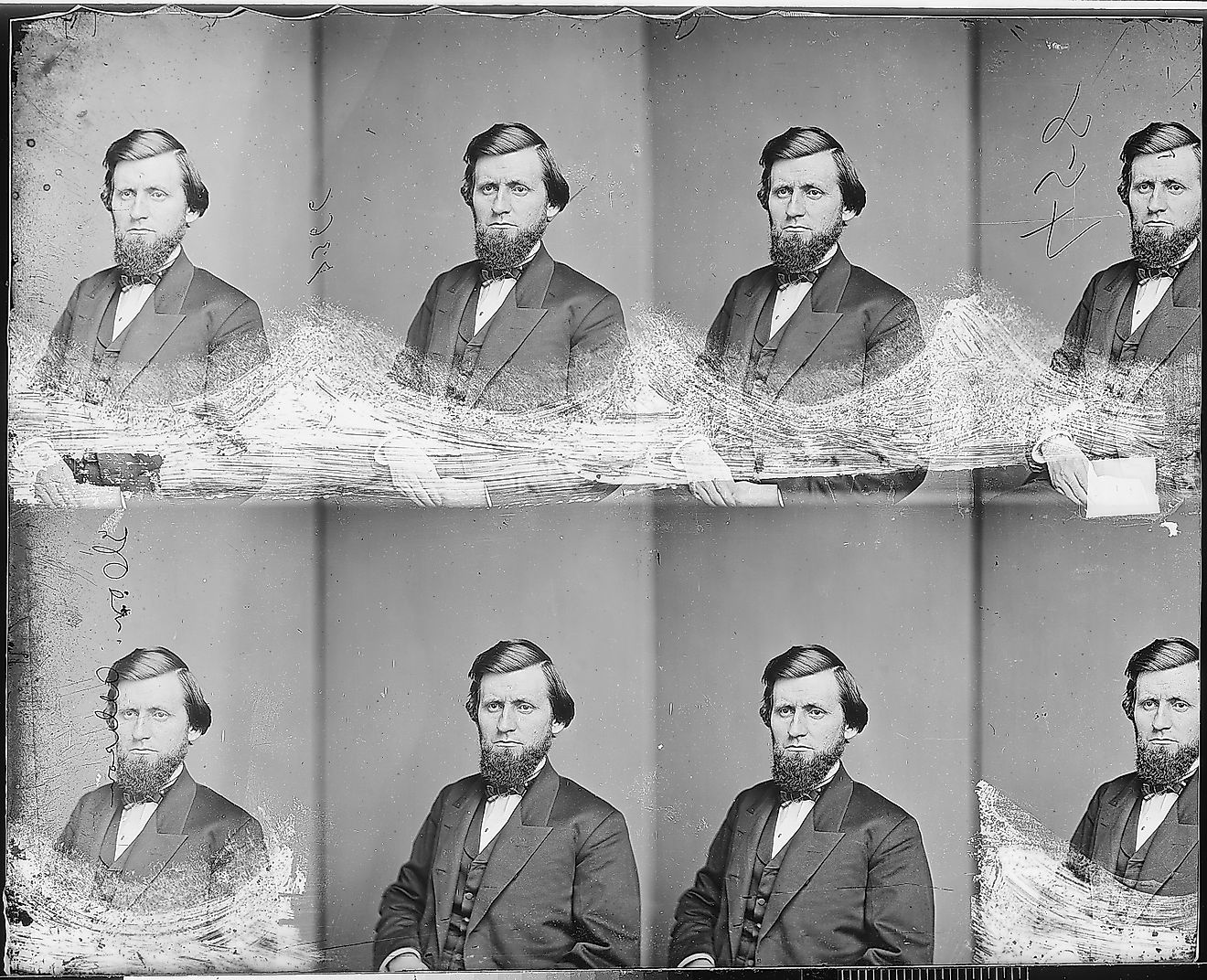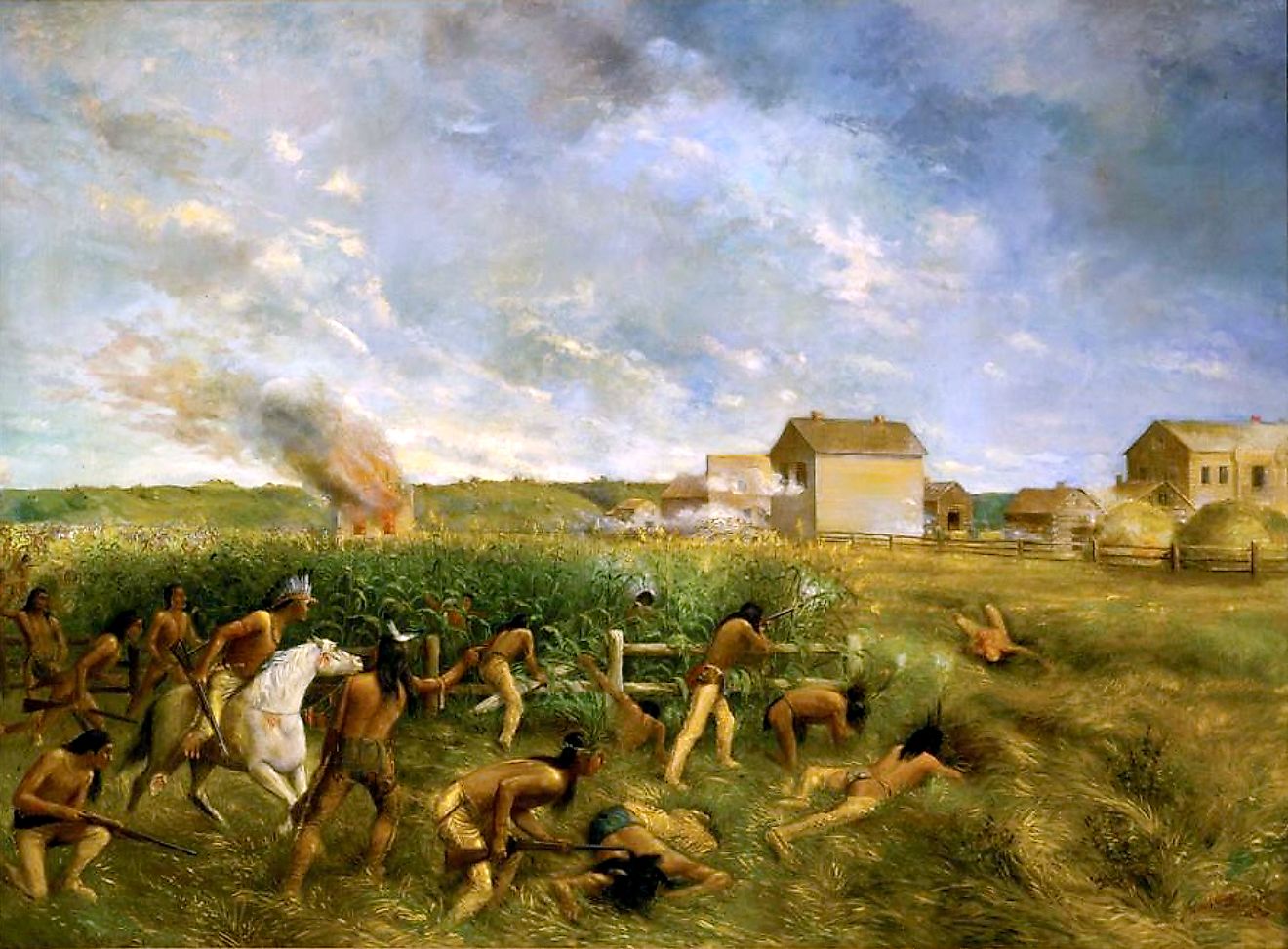
The Lost Golden City Of Ocomtun
Slovenian archeologist Dr. Ivan Šprajc has been on a 30-year-long, Indiana-Jones-esque mission to uncover lost Mayan cities. The last decade, in particular, has proven to be quite fruitful. Throughout 2013 and 2014, his team uncovered the expansive ruins of Chactún (a city thought to have supported 40,000 residents), followed by Lagunita and Tamchén – all of which displayed the quintessential stone pyramids and exquisitely carved steles of Mayan society. Then, in late June of 2023, using a combination of aerial LIDAR and good old-fashioned machetes, the tropical veil of the Yucatán Peninsula of Mexico was lifted, and the lost city of Ocomtún was found. This discovery by Šprajc and researchers from Mexico's National Institute of Anthropology and History (INAH) adds a major piece to the region's archeological puzzle. It has the potential to reconstruct more of the history of this mysterious Mesoamerican civilization.
Who Are The Maya?

Contrary to popular belief, the Maya are an extant people. Their current population stands somewhere between six to eight million and spreads across the Central American countries of Guatemala, Belize, Western Honduras, and El Salvador, as well as Southern Mexico. Along with their geographical variability, the Mayans also maintain 28 dialects from their prolific ancestors.
The first Mayan cities arose about 750 BC, with megalithic structures emerging by 500 BC. They developed a system of writing and even paper books by about 300 BC (one of the earliest civilizations to do so), and created a remarkably accurate calendar by 100 BC. They were technologically advanced, socially sophisticated, and geographically dominant – occupying much of Mesoamerica, including their most famous sites of Tikal, Uaxactún, and Copán. The Maya reached their peak between about 200 and 900 AD (note: the Mayan Classic period refers to the stretch between 250 to 1,000 AD) before a stark drop-off at the end of the millennium.
What Happened To The Maya?

The demise of the Maya cannot be traced to a single factor. Dr. Šprajc speculates that a combination of warfare, climate challenges, and misuse of natural resources (such as soil depletion) are to blame. It is hoped that more answers can be gleaned by excavating long-lost cities, such as Ocomtún. But whatever the actual cause(s), the Maya began abandoning their once prosperous jungle cities in the 8th and 9th centuries, with total depletion being reached in many places by about 1,000 AD. Ocomtún was no exception to this general timeline. According to pottery samples, this site was likely inhabited during the Late Classic period (i.e., between 600 and 800 AD) and underwent renovations as the population dwindled and adapted during the Terminal Classical period (800 to 1,000 AD).
Though the iconic ancient culture had fallen on hard times, they did still persist in scattered forms. However, during the Spanish conquest of the 16th century, an estimated 90% of the remaining Mayans lost their lives to disease, in combat, or during the slave trade.
Where Is The Maya City Of Ocomtún?
Ocomtún, which means "stone column" in Yucatec Mayan, was the name given to the 123-acre structural focal point by Dr. Šprajc. Aerial images led him and the INAH team to the curious city sitting in the middle of the Yucatán Peninsula, within the Balamkú Ecological Reserve of Southern Mexico's state of Campeche (formerly the Central Maya Lowlands). The site was erected on a sort of sub-peninsula – one defined by a portion of high ground surrounded by sprawling wetlands. Because of the impossibly dense vegetation, incredibly rich biodiversity, and almost complete lack of roads, no archeological discoveries had been made within this 1,150 square-mile exploratory dead zone until this summer. The next closest Mayan sites are the ruins of the Chenes region (18.6 miles to the Northeast), Nadzcaan (22.4 miles Southeast), and Chactún (31 miles Southeast).
Why Is Ocomtún Important?

While many years of excavation will be necessary to sufficiently clear the obstinate jungle engulfing Ocomtún, several significant findings have already come to light. These include multiple pyramids reaching 50 feet in height, several stone columns with informative carvings on them, three plazas, ceramics, and even a court for the ancient Mesoamerican ballgame (also played by the Aztecs and Incas), now known as Juego de Pelota – possibly one of the oldest team sports in existence. The game was banned by 16th-century Spanish conquistadors but is being revived by modern-day Mayan athletes. Perhaps Ocomtún's infrastructure will aid in the cultural renaissance. Given the size and complexity of Ocomtún, Šprajc believes that "the site served as an important center at the regional level, probably during the Classic period." Another intriguing riddle that Ocomtún may be able to solve is why the Mayan people opted to migrate away from the coasts and into such challenging and isolated terrain.
It may be easy to think that the golden era of archeology has long since come to a close. But even with humanity's ever-expanding population, massive undeveloped regions still harbor secrets from the past. Mexico's Yucatán Peninsula is one such treasure trove. No less than four major ancient Maya sites have been found there in the last ten years, including the most recent gem, Ocomtún. Now, the scrupulous excavation process will keep Dr. Ivan Šprajc and researchers from the National Institute of Anthropology and History busy for years to come. And who knows what other lost cities may emerge in the meantime?











